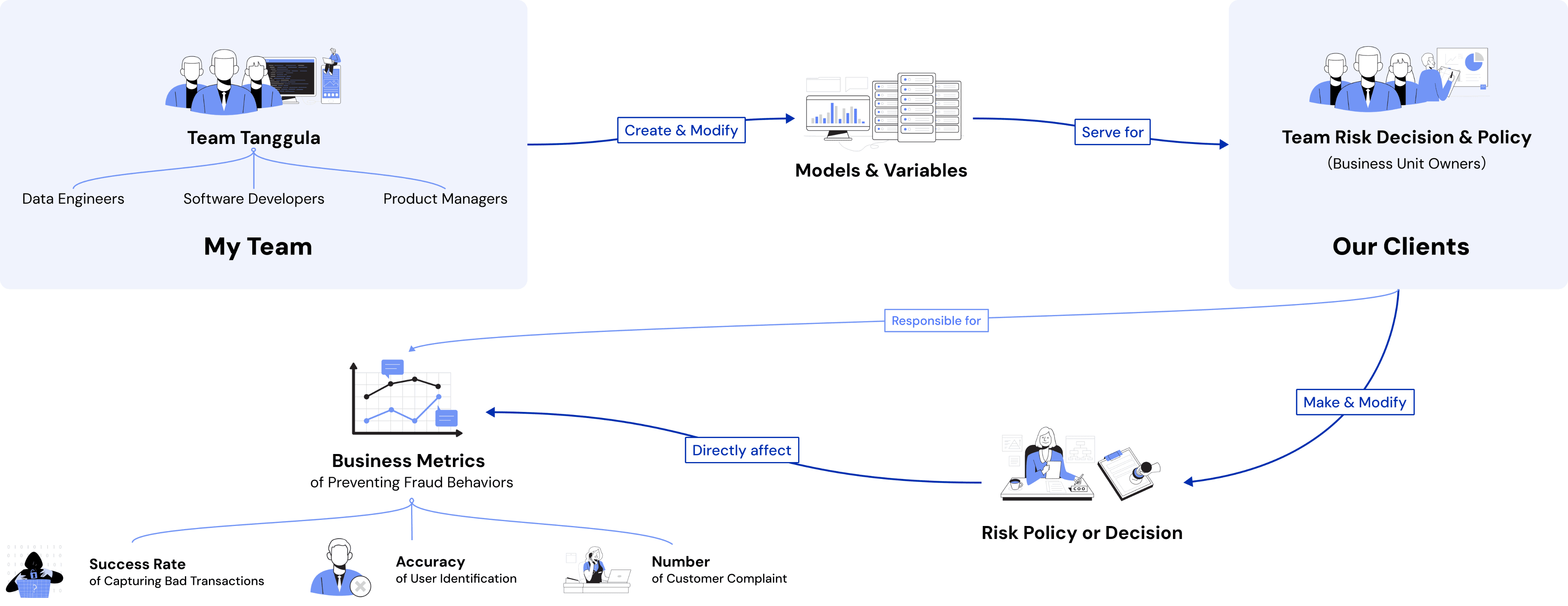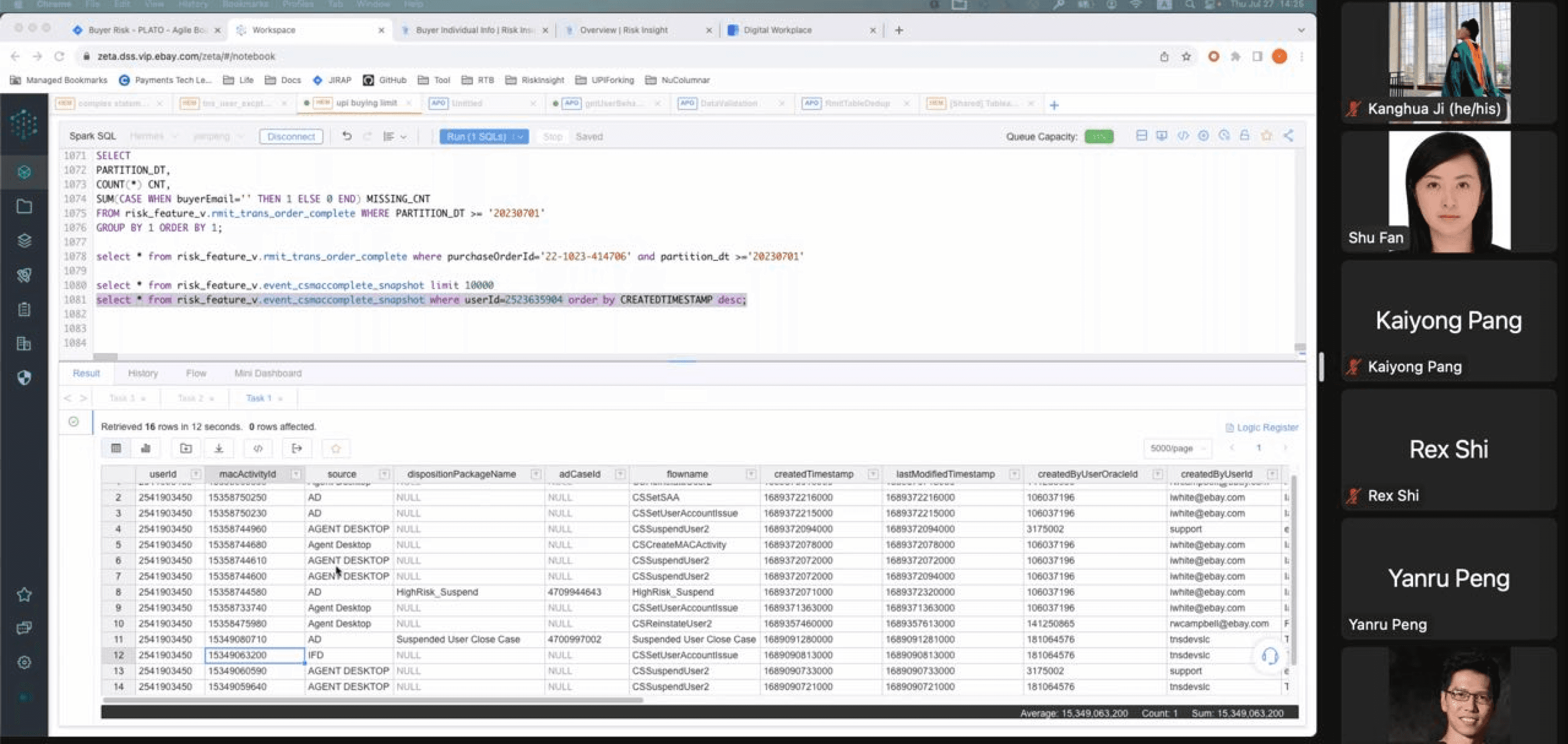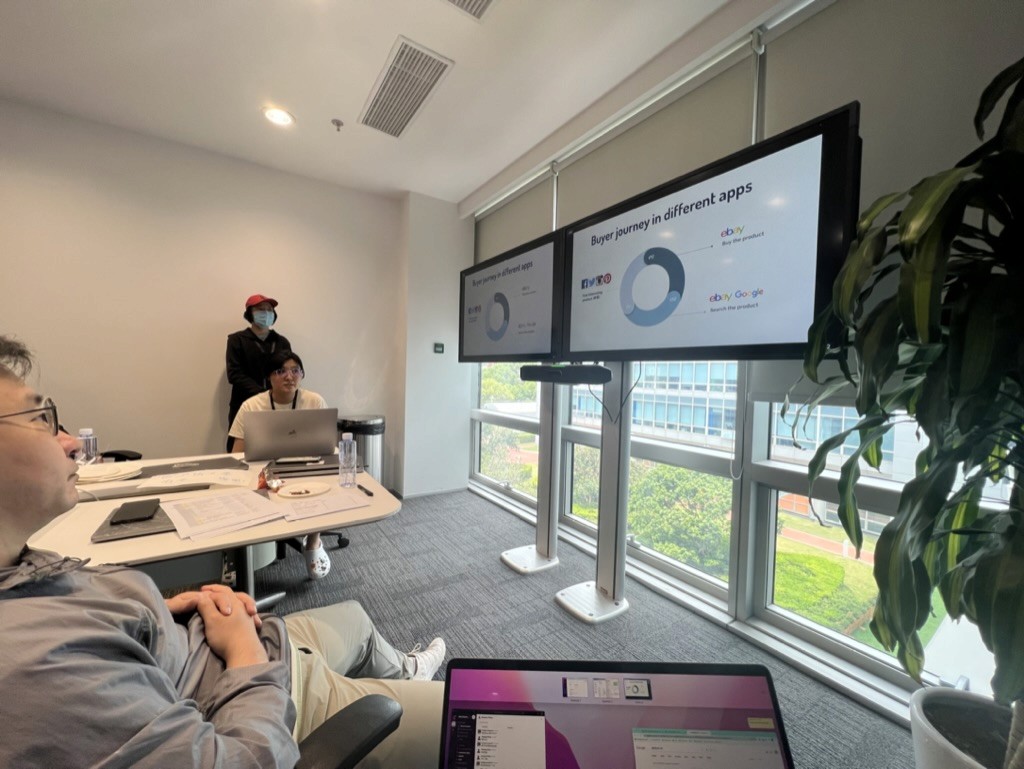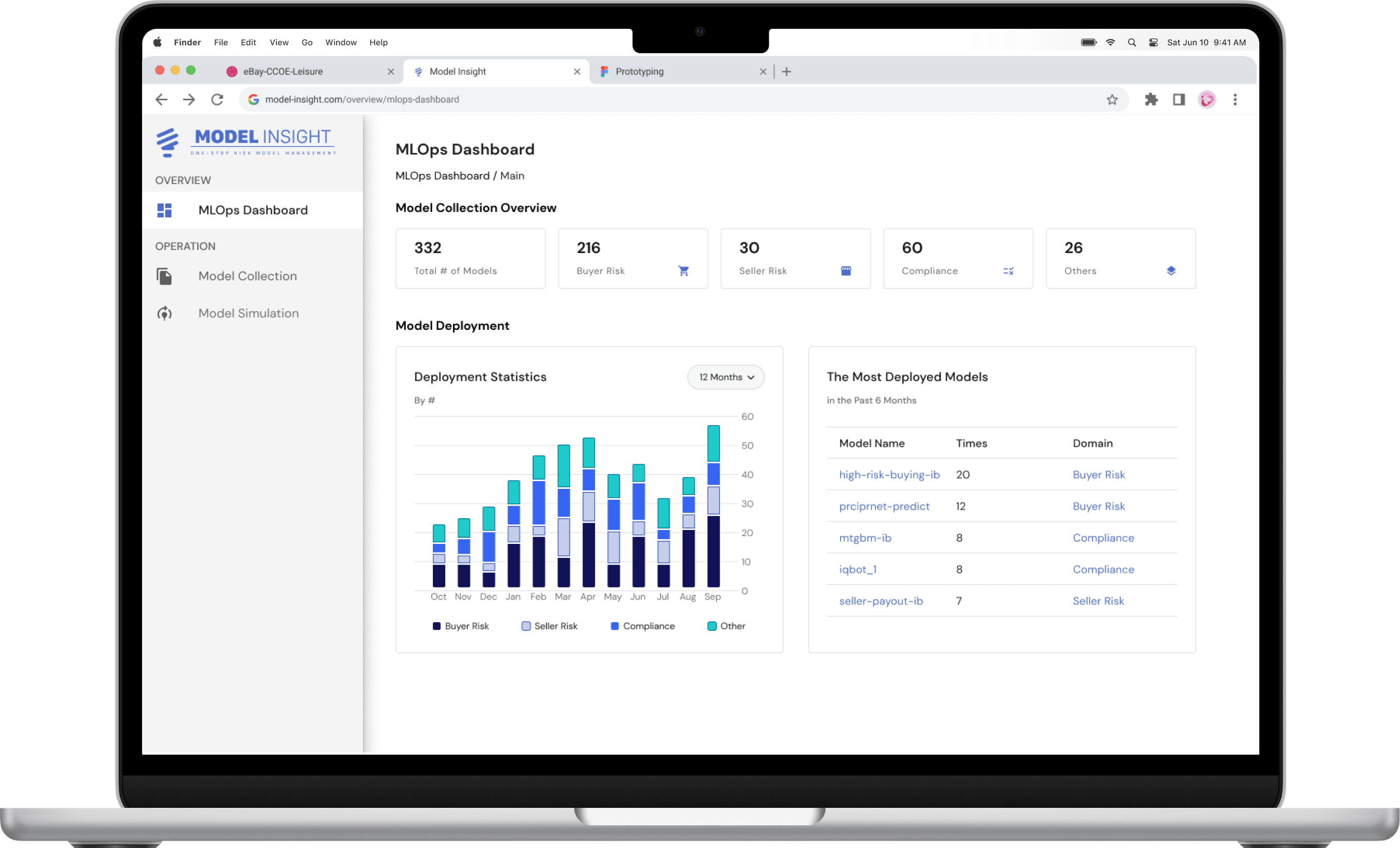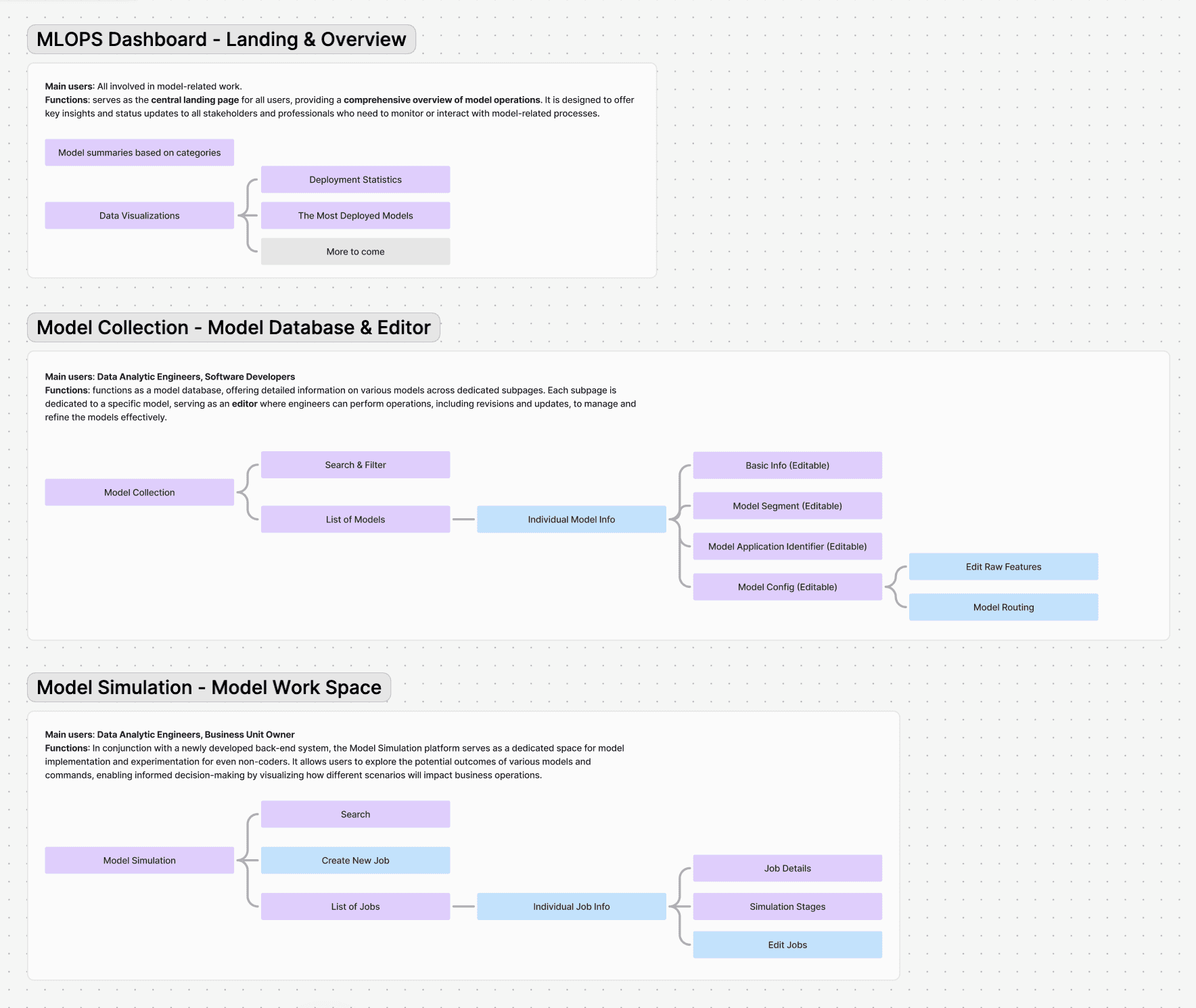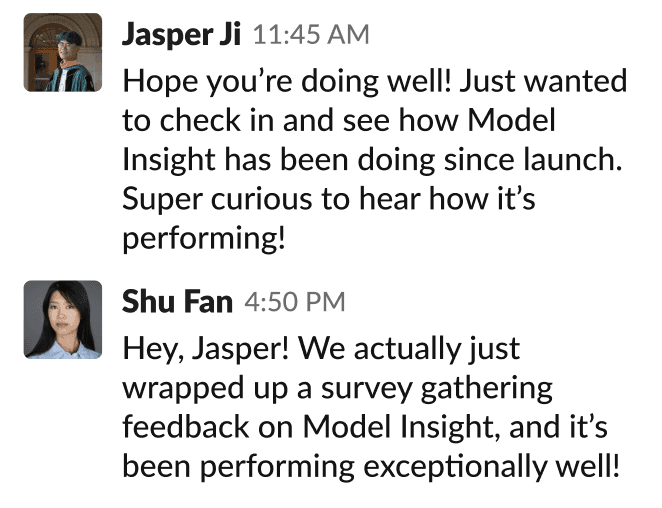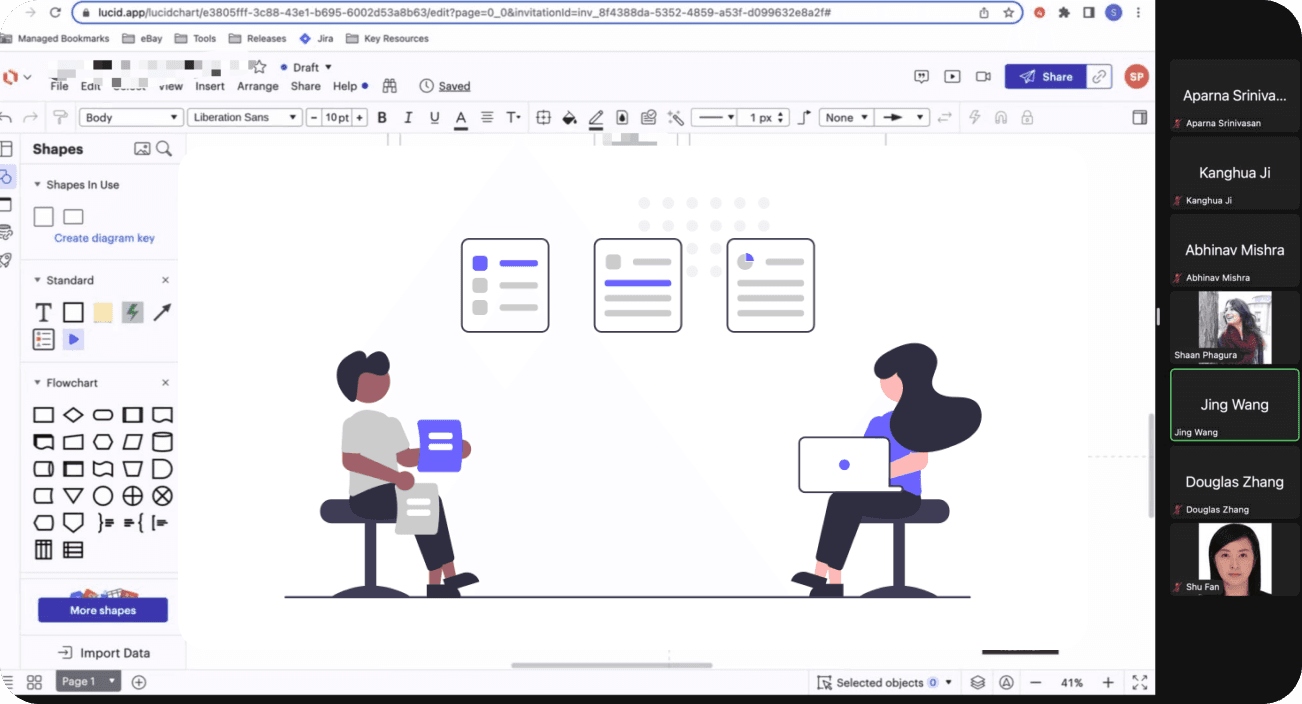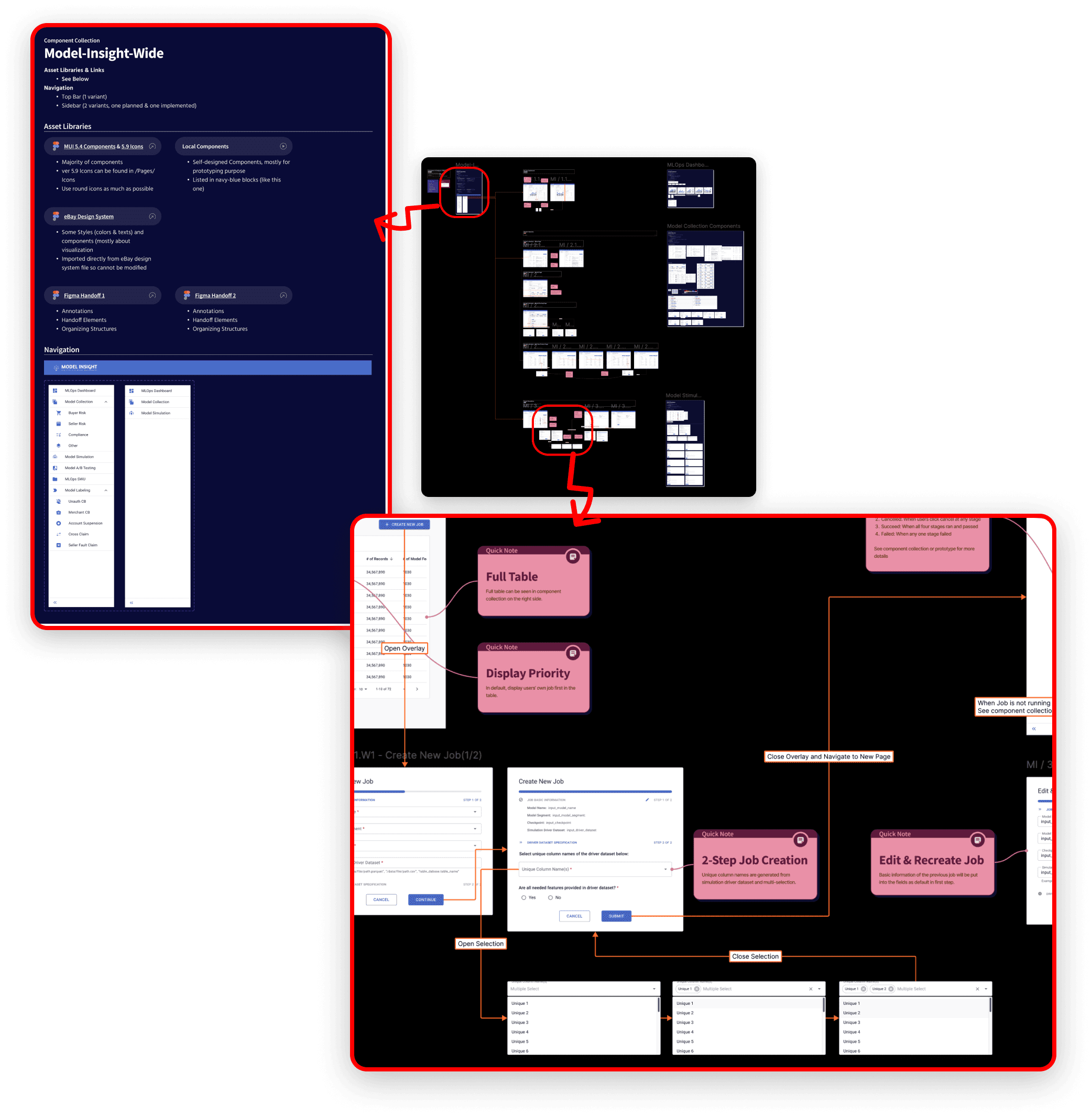Model Insight at eBay
Risk management is a crucial focus at eBay, particularly for preventing fraud and ensuring data security. Effective data models play a vital role in identifying risky behaviors and predicting the outcomes of various safety measures. However, the risk department has faced ongoing challenges in managing and communicating these models.
During my summer internship, I had the opportunity to address this issue by developing a internal platform called Model Insights from the ground up. This new platform enhances model management efficiency, reduces the learning curve, and fosters better communication among stakeholders. Since its launch, it has attracted over 100 internal weekly users and achieved a user satisfaction rate exceeding 95%.
As you can see, models created and modified by Team Tanggula plays a fundamental role in identifying risky behaviors and preventing fraud for eBay.
Despite importance of models, people in the department were frustrated with how the tools worked. My mentor, who’s a senior product manager, saw this as a big problem we could solve. She asked me to look into whether we should build a new platform to make things easier for the team.
I started by talking to 12 stakeholders across different teams and roles to get a better understanding of their pain points and what they needed.
Through the interviews, I learned three main pain points of using models.
Multiple Tools
5+ different platforms to find data; Different Office & Time Zone
Steep Learning Curve
Especially tough for non-technical folks such as business unit owners
Communication Gap
No straightforward way to communicate models
With the three pain points in mind, it was clear that we needed a new, unified platform to make risk model operations smoother and more accessible. This led to our main design goal
To create a cohesive design from scratch and transform a disjointed workflow into a seamless one, I explored various methods for inspiration and design improvement. Here are three approaches that I found to be the most helpful.
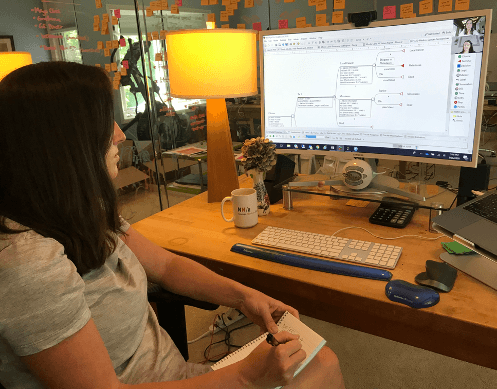
Problem 1: Too Many Tools
Include features covering most-used scenarios
Organize the platform into clear sections
Add navigation elements
Problem 2: Steep Learning Curve
Problem 3: Communication Gap
Give everyone an clear interactive overview of the models and their performance
Align works between teams without confusion
In an environment where most people have little to no experience with UX, promoting and conducting UX research requires significant effort
Introduce and explained UX research methods
Keep the research approachable and casual.
As the first platform developed by our team, there was no existing UI elements or workflows to guide us
Create design library
Set up a clear communication and handoff process & document with the developers

